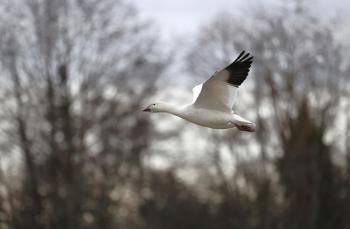
New Modeling Suggests Optimal Airplane Seating to Limit COVID-19 Transmission
The coronavirus disease 2019 pandemic hurt the bottom lines of airlines, as the public worried air travel would expose them to catching the virus. A new analysis suggests how airlines can best mitigate that risk.
New research suggests different models of airplane seating can minimize the risk of coronavirus disease 2019 (COVID-19) transmission while also maximizing the number of passengers.
The report is based on computer modeling and data on influenza transmission but the authors say the models can be instructive for airlines when dealing with the current pandemic. The study was
Co-author Sheldon Jacobson, PhD, of the University of Illinois Urbana-Champaign, and colleagues noted that the initial shutdowns associated with the COVID-19 pandemic last year led to an 94% reduction in airline passenger capacity in April 2020, and an estimated 60% reduction for the entire year.
When people did fly, they were screened for fevers and symptoms, though the investigators noted that such
“Blocking the middle seat on an airplane may provide limited benefit in reducing the risk of transmission of COVID-19,” he said, in a press release. “Rather, other health protocols are better supported at preventing the transmission of the virus.”
Instead, Jacobson and colleagues devised two models, the vertex packing risk minimization (VPR) and risk-constrained vertex packing (RCV) models which solve what they refer to as the “airplane seating assignment problem,” or ASAP. Running the models to solve ASAP results in optimal seating arrangements based on the size of the airplane in question and the distribution of seats.
Since data were not yet available on COVID-19 transmission specifically, the model in the study relied on
The VPR and RCV models are used to model seats as an undirected graph. Seats on the plane correspond to a single vertex in the graph, and the edges between those vertices represent the risk of transmitting the disease between each pair of seats.
“If either seat in the pair is empty, then there is no risk of transmitting a disease, and hence VPR and RCV are closely related to the vertex packing problem,” Jacobson said.
By modeling the risks, VPR can come up with the optimal configuration of seats to minimize transmission for a certain number of passengers on the airplane, Jacobson and colleagues explained.
“Similarly, the solution to RCV is the maximum number of passengers and corresponding seat configuration given a maximum acceptable total risk of transmission,” he said.
They added that the models can be improved over time as COVID-19-specific data become available, and also if airplane-specific factors like the specific environmental control system a particular plane uses. And while this particular study is focused on airplane seating, Jacobson and colleagues said their models could be applicable to other situations, including theaters or stadiums.
Newsletter
Stay ahead of emerging infectious disease threats with expert insights and breaking research. Subscribe now to get updates delivered straight to your inbox.

































































































































































































































































































